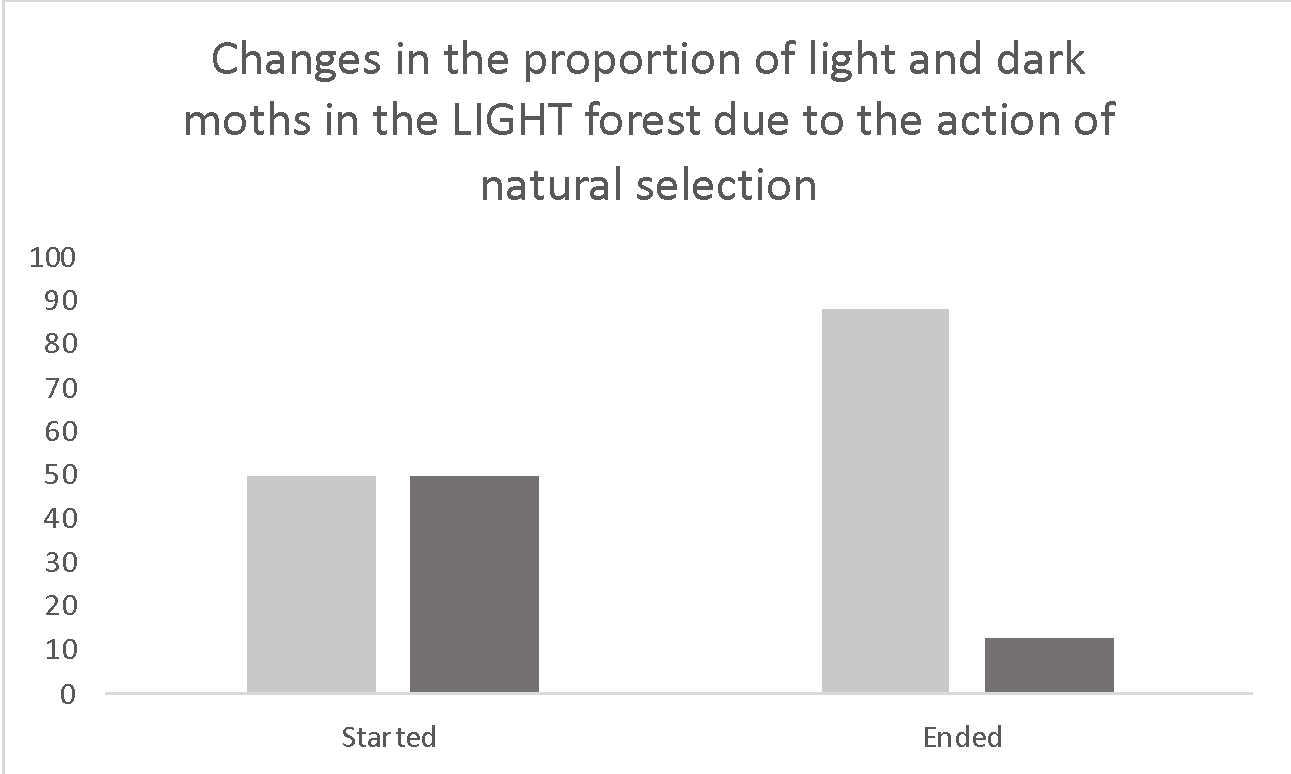Introduction
The peppered moth lays eggs in mid-summer in the bark of trees, from which larvae hatch. These larvae lead an isolated life, feeding and growing on their own. Closer to winter, in order to survive, the larvae hide in a cocoon, which opens in mid-spring. An adult moth, which looks like a gray moth, emerges from the unfolded cocoon during the hibernation period. By summer, such a moth will create new eggs, after which it will die.
Peppered moths have enough predators in their natural environment, given the vulnerable state of the moth as an insect. In particular, nuthatches, flycatchers, and the European robin are natural enemies of the moth, forcing the insect to hide motionless against tree bark. Biologically, this substantiates the appearance of the moth: birds cannot see the peppered moth, which creates favorable conditions for survival. Meanwhile, the peppered moth is a textbook example of a nocturnal animal; since most birds sleep at night, the moth has plenty of safe time to search for food.
In the 19th century, world industry underwent a significant explosion that qualitatively raised the level of industrialization. Industrial industrialization became an important phenomenon not only for historical-social studies but also for biology. In particular, the peppered moth is thought to have changed its coloration qualitatively as a result of the deleterious effects of the Industrial Revolution on the forest. Soot and emissions from factories have affected the blackening of tree bark and the inhibition of lichen life. As a consequence, light-colored moths could no longer survive against the dark background of the bark, leading to the need for an evolutionary change in coloration to conceal dark. This is an example of industrial melanism that saved the peppered moth species.
This example fully meets the conditions of natural selection as described by Darwin. Specifically, industrialization changed the environment, and the moth as a species had two options: to die because it could not adapt or to adapt. The emergence of the gray coloration could have been the result of a directed or accidental mutation, but in either case, it was this coloration that saved the moth from predators. Thus, light moths died because of their inability to hide, while dark insects took advantage of their mutation. As a consequence of the two subspecies, those who were best adapted to the new environment were able to survive, which is entirely in line with natural selection.
The essence of Dr. Kettlewell’s hypothesis is that if dark moths have an advantage in forests subjected to industrialization, such moths will have less advantage over predators in light trees.
Lab
Hypothesis 1: if a light forest is used, white moths will be represented in more significant numbers because favorable conditions are created for their survival.
Hypothesis 2: if the dark forest is used, dark moths will have more advantages for survival, and therefore will be represented in higher numbers.


Conclusion
As a result of the experiments performed, it is especially noticeable that the proportion of insects of different colors varies significantly (almost 8-9 times) due to the action of natural selection. In particular, animal coloration is a predictor of survival because light moths survived on a light background and dark moths survived on a dark background of tree bark. This does not mean that birds were unable to eat insects whose color matched the color of the trees, but their proportion was significantly lower compared to moths of a different color.
It can be seen that the obtained results fully correspond to the initially stated two hypotheses. Thus, on the light background, the number of light moths really turned out to be the greatest at the end. Meanwhile, the number of dark moths also prevailed on the dark background. Interestingly, the change in the distribution of these fractions was almost identical for the two cases.
In this simulation, the process of selecting predominantly those moths that were most prominent against the contrasting background acted as natural selection. The user acted as a predator with a choice of which insects to eat. Obviously, it was easiest to eat those moths that stood out qualitatively against the contrasting bark color. However, natural selection is never absolute, and so even dark moths were eaten in the dark forest.
If there were no predators in this forest, then historically, dark moths would have barely appeared because there would be no point. Industrial melanism is an evolutionary response precisely to the increased threat of being eaten, but if there is no threat, there is no need to fight for survival through mutations. In other words, the change in the coloration of the moths would hardly happen, because there was no reason for it. However, it is fair to say that there are no animals in nature that do not have predators, due to which the integrity of ecosystems is ensured.